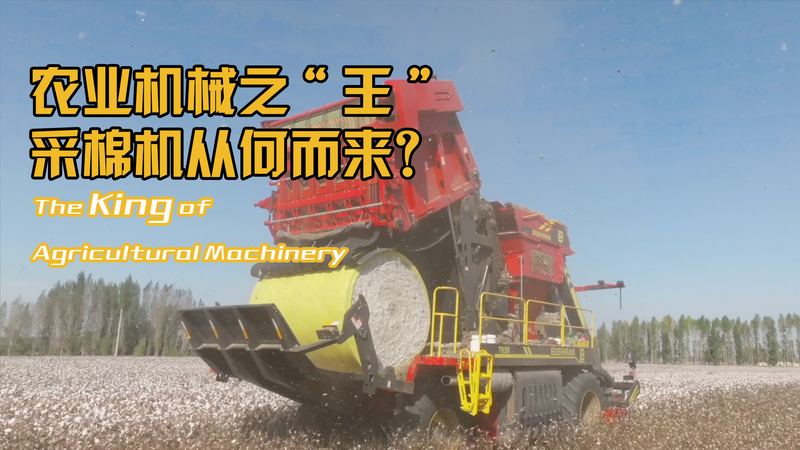In the sun-drenched fields of the Xinjiang Uygur Autonomous Region, rows of cotton plants stretch as far as the eye can see. Here, in China’s main cotton-growing hub, farm machinery hums in unison—a sign of a sweeping agricultural transformation.
Thanks to decades of investment by the Xinjiang Production and Construction Corps, mechanization has soared, making Xinjiang the region with the highest level of cotton-harvesting automation in the country. At the heart of this shift are domestically designed and built cotton pickers, assembled by a dedicated group of local engineers and technicians.
Local engineering teams focused on terrain and weather challenges, refining harvesting arms to navigate both flat plains and rolling hills. These machines now help farmers harvest faster, reduce labor strains, and increase yield consistency.
Across Xinjiang and beyond, these independently developed harvesters are marking a new era for agricultural innovation. Young entrepreneurs and startups in the region are looking at this success as a blueprint: combine local insight with cutting-edge design to tackle global agricultural challenges.
Mechanization rates in Xinjiang’s cotton fields now exceed 90%, a leap that not only boosts productivity but also aligns with sustainability goals by optimizing fuel use and minimizing waste. With a growing export pipeline, these harvesters are attracting attention from emerging markets eager for reliable, cost-effective equipment.
For travelers and digital nomads exploring China’s western frontiers, a visit to the cotton belts offers not just scenic beauty but a front-row seat to an agricultural revolution shaping the future of farming worldwide.
As Xinjiang’s "King of Agricultural Machinery" advances, it underscores a broader story: how local ingenuity and strategic investment can yield machines that serve farmers locally and set new standards on the global stage.
Reference(s):
cgtn.com


